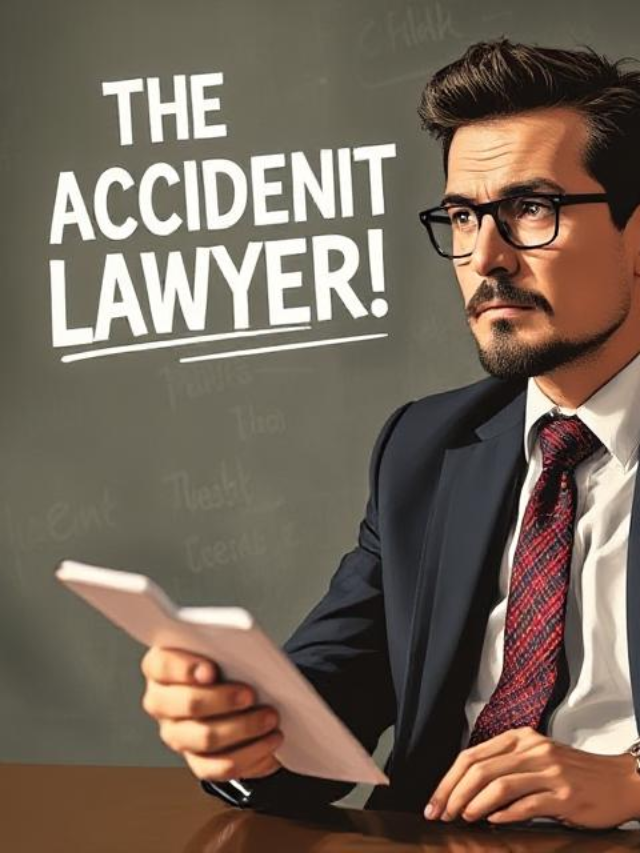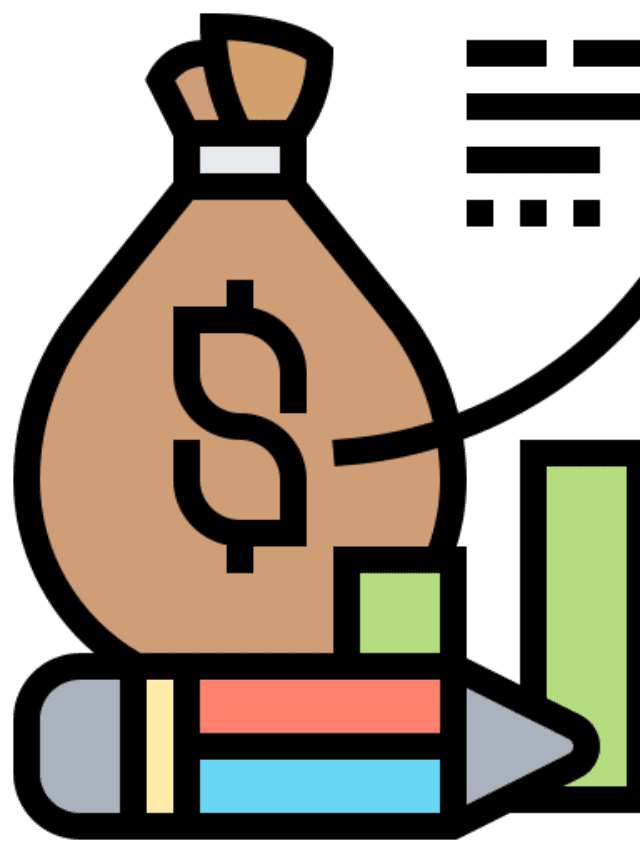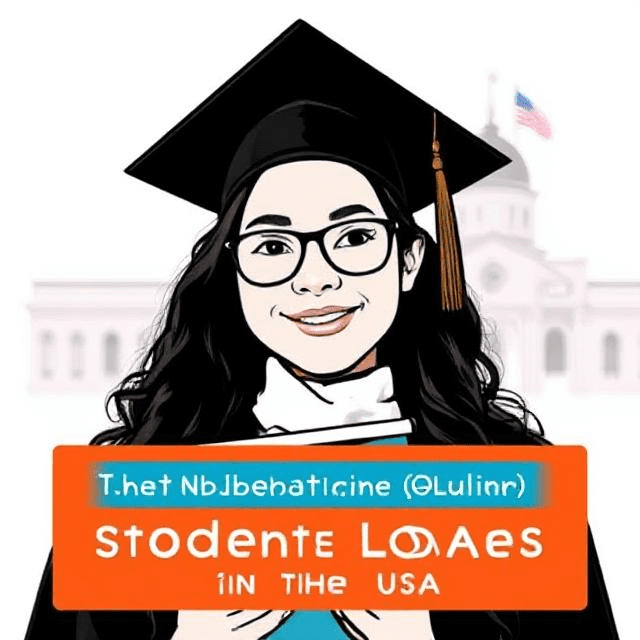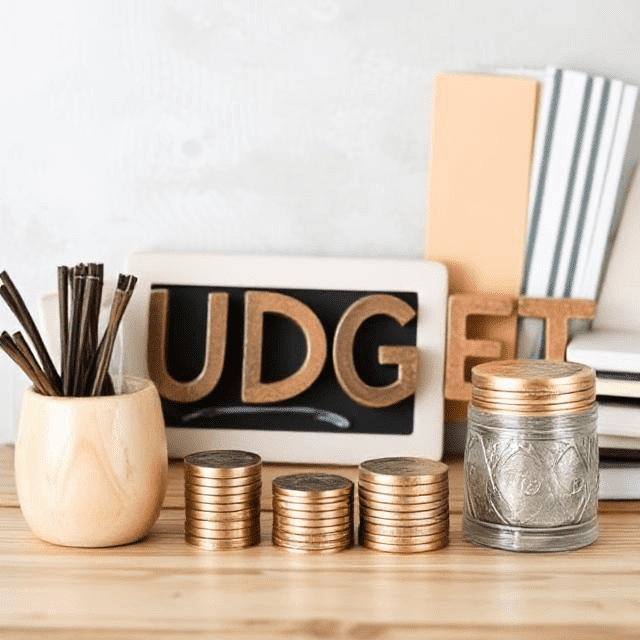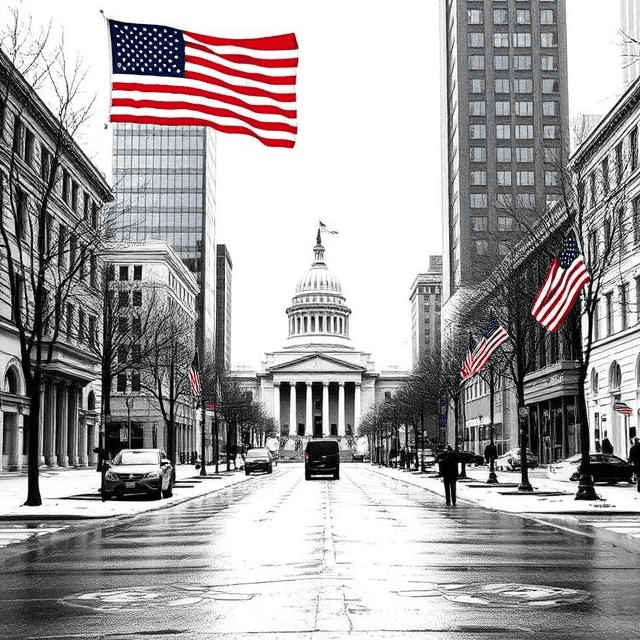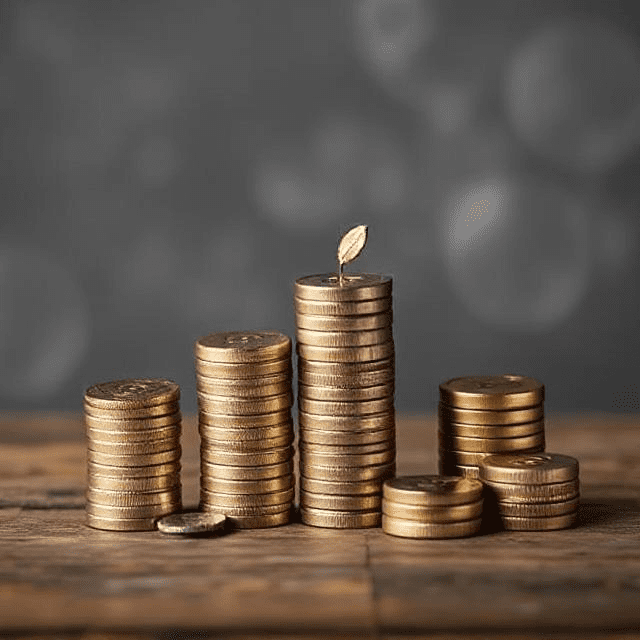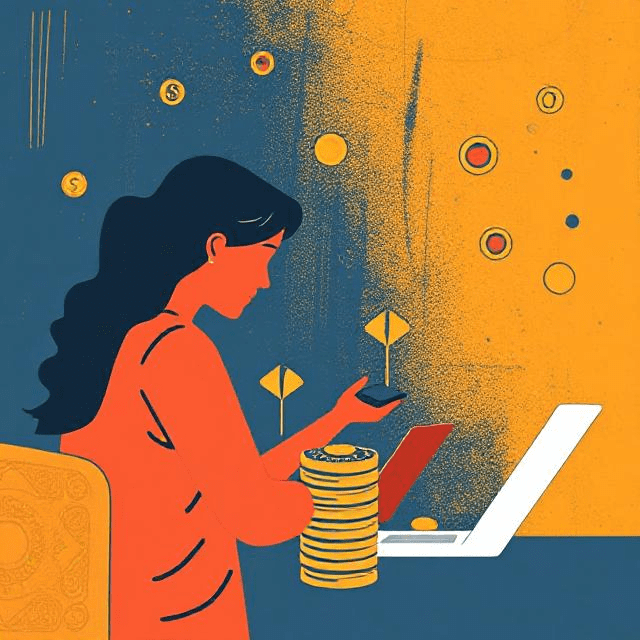What is Loan Forgiveness?
Loan forgiveness represents a financial relief mechanism that allows borrowers to have some or all of their student loans canceled under specific conditions. This process is critical in alleviating the financial burdens that come with student debt, which has become a significant issue for many individuals across the United States. The concept of loan forgiveness is particularly appealing to borrowers who may struggle with the repayment of their loans due to financial setbacks or who have dedicated their careers to public service fields.
Generally, loan forgiveness programs operate through various government initiatives aimed at making higher education more accessible and manageable for graduates. These programs are often categorized based on specific criteria, which include the type of employment the borrower engages in, the length of time they’ve made qualified payments, and adherence to federal guidelines. For instance, programs such as Public Service Loan Forgiveness (PSLF) are designed specifically for individuals working in public service sectors, allowing them to have their loans forgiven after making a set number of qualifying payments while employed full-time.
Eligibility for loan forgiveness typically extends to federal student loans, including those obtained through the federal Direct Loans program. Private student loans, however, usually do not qualify for these forgiveness options, which is an essential distinction for borrowers to understand. The federal government, through platforms like studentloans.gov, provides detailed information and resources that outline how these forgiveness programs function and who qualifies for them. This understanding is crucial for borrowers looking to navigate their repayment options effectively and take advantage of programs that can substantially reduce their financial obligations.
Types of Loan Forgiveness Programs
Loan forgiveness programs are designed to alleviate the burden of student loans for borrowers who meet specific criteria. These programs are essential for individuals seeking financial relief through various professional pathways. One prominent option is the Public Service Loan Forgiveness (PSLF) program, aimed at government and non-profit employees. To qualify, borrowers must make 120 qualifying monthly payments while employed full-time in a public service role, which can lead to complete forgiveness of their remaining federal student loans. This program not only encourages individuals to pursue careers in public service but reinforces the importance of serving their communities.
Another noteworthy program is the Teacher Loan Forgiveness. This initiative assists teachers who work in low-income schools or educational service agencies. Qualified educators may receive forgiveness of up to $17,500 on their Direct Subsidized and Unsubsidized Loans, as well as on Stafford Loans. To be eligible, teachers must work full-time for five consecutive years and meet additional criteria. This program serves as a vital incentive to attract and retain educators in underserved areas, ultimately enhancing the quality of education for students.
Additionally, income-driven repayment plan forgiveness is an option for borrowers enrolled in specific loan repayment plans. These plans adjust monthly payments based on income and family size, making repayment manageable while also offering forgiveness for any remaining balance after a certain number of years of payments. Depending on the plan, the forgiveness period can range from 20 to 25 years. This aspect provides relief for individuals whose income may not allow for aggressive loan repayment, thereby supporting borrowers in achieving financial stability.
Overall, understanding the diverse types of loan forgiveness programs available can empower borrowers in effectively managing their student loans, ultimately guiding them toward financial freedom.
Eligibility Requirements for Loan Forgiveness
Obtaining loan forgiveness can provide significant financial relief for borrowers grappling with student debt. However, specific eligibility requirements must be met for individuals seeking forgiveness through programs offered by student loans gov and the student loan government. Understanding these criteria is essential for borrowers to navigate their options effectively.
Firstly, employment in qualifying sectors often plays a crucial role in determining eligibility. Borrowers typically must work in public service professions, such as education, healthcare, or government roles, to qualify for programs like the Public Service Loan Forgiveness (PSLF). The type of employment situation—whether full-time or part-time—also influences eligibility, with many programs requiring a minimum of 30 hours per week in a qualifying position.
Another key factor involves the choice of repayment plans. Borrowers seeking forgiveness under income-driven repayment plans must commit to a qualifying repayment strategy, such as Income-Based Repayment (IBR) or Pay As You Earn (PAYE). Each program has different rules about how long payments must be made before forgiveness can be granted, adding further complexity to the eligibility criteria.
The number of qualifying payments made is also a significant component. For instance, under the PSLF program, borrowers must make 120 qualifying payments while employed full-time in a qualifying public service role. It is vital that borrowers maintain accurate records of their payments to ensure they meet this requirement.
Additionally, exceptions and special rules may apply based on individual circumstances. Some borrowers may face loan types that are not eligible for forgiveness or have had payments incorrectly counted, requiring them to seek clarification from loan servicers. Being informed about these nuances can help potential applicants avoid common pitfalls when pursuing loan forgiveness. In conclusion, meeting these eligibility requirements is critical for borrowers aiming to alleviate their student loan burdens through forgiveness programs.
The Application Process
Applying for loan forgiveness can seem daunting, yet understanding the process can significantly ease the burden on borrowers. To begin with, it is crucial to determine eligibility for loan forgiveness programs, which may vary according to the type of student loans involved, including federal and private loans. The most common programs are generally tied to employment fields such as public service, teaching, or nursing. Borrowers should visit student loans gov for comprehensive details about their individual eligibility criteria.
Once eligibility is established, the next step involves gathering the necessary documentation. This typically includes proof of employment, income verification, and documentation indicating the status of the loans held. For instance, borrowers may need to provide tax returns or earnings statements, particularly when applying for the Public Service Loan Forgiveness (PSLF) program. Ensuring all required documents are well-organized will facilitate a smoother application process.
The submission of the application can often be done online through platforms linked to the student loan government services. Once all paperwork is assembled, applicants should submit their forms and documents to the appropriate department, as outlined by the forgiveness program. It is advisable to keep copies of all submitted materials for personal records and future references.
To increase the chances of approval, borrowers should familiarize themselves with the program’s specific requirements and maintain open communication with loan servicers. Seeking guidance through support groups or forums where past applicants share their experiences can provide valuable insights and tips. For example, many borrowers found success by following-up on their applications to ensure they met all deadlines and requirements. Ensuring thorough preparation and a meticulous application can enhance the likelihood of receiving loan forgiveness successfully.
Common Challenges and Pitfalls
Borrowers seeking loan forgiveness often encounter a variety of challenges that can complicate the process. One significant hurdle is the prevalence of misinformation surrounding eligibility for various forgiveness programs. Many individuals rely on outdated or incorrect information from informal sources, which can lead to unrealistic expectations and potential disqualification from programs offered by student loans gov. It is crucial to refer to reliable resources, such as the official student loan government website, for up-to-date guidance on eligibility requirements.
Another common pitfall involves tracking qualifying payments. Borrowers may struggle to accurately determine what constitutes a qualifying payment, especially if they have switched loan servicers. Inaccurate records can hinder borrowers’ ability to receive proper credit toward their loan forgiveness. It is recommended that individuals keep meticulous records of their payment history and periodically verify their status with their loan servicer. Utilizing online tools provided by student loans gov can also assist borrowers in monitoring their progress toward forgiveness.
Moreover, borrowers face the risk of legislative changes that can impact loan forgiveness programs. The evolving landscape of federal student loan policies may introduce new criteria or modify existing programs, sometimes without adequate notice. This uncertainty can create anxiety among borrowers who are actively seeking forgiveness. To mitigate this risk, borrowers should stay informed about proposed changes by regularly checking for updates on the student loan government website and considering participation in relevant community discussions or forums.
In addition to these challenges, borrowers can enhance their chances of successfully navigating the loan forgiveness process by seeking assistance from financial advisors or nonprofit organizations specializing in student loan support. Such resources can provide tailored strategies that address individual circumstances, ultimately facilitating a clearer path toward the goal of loan forgiveness.
Impact of Loan Forgiveness on Credit Score
Loan forgiveness can significantly influence an individual’s credit score and broader financial well-being. When borrowers apply for assistance under programs like those outlined on student loans gov, they often wonder how their credit history will be impacted once their debt is forgiven. Understanding the multifaceted nature of this impact is essential for anyone considering loan forgiveness as a solution to their financial challenges.
In the short term, the process of loan forgiveness typically does not lead to a direct drop in credit scores. When student loans are forgiven, the outstanding debt may be removed from the borrower’s profile, which can contribute to a lower credit utilization ratio. This metric, which is a key component in determining credit scores, reflects the amount of available credit being used. A lower ratio may positively affect scores, enhancing the overall credit profile. However, it is important to note that student loan government programs might report changes in status, which can initially cause fluctuations in scores as the account is updated.
Over the long term, the implications of loan forgiveness can vary. For some, the cancellation of debt paves the way for improved financial health, allowing individuals to focus on other aspects of their personal finance without the burden of student loans. Conversely, any missed payments prior to forgiveness can remain on the credit report, adversely affecting scores. To ensure continued positive credit history after receiving loan forgiveness, borrowers should prioritize maintaining timely payments on any remaining debts, managing credit responsibly, and monitoring their credit regularly for any discrepancies.
In conclusion, while loan forgiveness generally enhances financial stability by alleviating debt, it is crucial for borrowers to remain vigilant about their overall credit management. By understanding the potential impacts on credit scores and actively working to manage finances responsibly, individuals can navigate the post-forgiveness landscape effectively.
Recent Changes and Updates in Loan Forgiveness Policy
Recent developments in loan forgiveness policies have significantly shaped the landscape for borrowers seeking relief from their federal student loans. The U.S. Department of Education has implemented various measures aimed at improving access to loan forgiveness, making it essential for borrowers to stay informed about these changes. One major update is the expansion of income-driven repayment plans, which now include provisions that can accelerate eligibility for forgiveness based on income levels. This adjustment aims to alleviate the burden on borrowers whose financial situations may have altered drastically in recent years.
Additionally, as of 2023, there have been significant strides in simplifying the process for public service workers to access loan forgiveness through the Public Service Loan Forgiveness (PSLF) program. Legislation enacted has provided temporary waivers that allow borrowers to qualify for forgiveness even if they were previously denied due to technicalities. This move is particularly pivotal for individuals working in non-profit sectors or government positions, allowing them to benefit from the loan forgiveness program through a streamlined process.
Moreover, recent court rulings have further influenced loan forgiveness policies. In some instances, courts have ruled in favor of borrowers in lawsuits challenging the decisions made by the Department of Education regarding student loan servicing practices. These rulings have sparked discussions about equitable access to loan forgiveness options, advising the government to reevaluate its strategies on managing student loan debt. State-level initiatives have also introduced additional plans varying by location, which may provide further pathways for borrowers struggling under the weight of their student loans.
Through these developments, it is clear that the federal student loan government is increasingly taking steps to address the ongoing concerns regarding loan forgiveness. Staying abreast of these updates is crucial for borrowers looking for relief from their student loans. Understanding these changes can empower individuals to make informed decisions regarding their financial future and access potential benefits available to them.
Personal Stories: Experiences with Loan Forgiveness
Loan forgiveness can dramatically change the lives of borrowers, and personal testimonies reveal the range of emotions tied to this process. One such story is that of Maria, a teacher from California. Overwhelmed by her student loans, she dedicated years of her life to teaching in a low-income school, motivated by the Public Service Loan Forgiveness (PSLF) program. After diligently making qualifying payments for ten years, she received the life-altering news that her remaining balance would be forgiven. The burden of debt that once loomed over her future vanished, allowing her to focus on her passion for education and personal growth instead of financial stress.
Another impactful story comes from James, a recent graduate who had initially experienced trepidation about entering the workforce with a hefty student loan. Unsure of how he’d manage his student loans, he explored options through the Income-Driven Repayment (IDR) plans. After several years of consistent payments aligned with his income, he qualified for forgiveness under the IDR plans. He describes the moment he learned his loans were forgiven as both exhilarating and liberating. This financial relief offered James the opportunity to invest in a home and start a small business, illustrating how loan forgiveness can create a ripple effect in a person’s life.
These anecdotes highlight not just the financial relief that comes with loan forgiveness but also the emotional and psychological benefits. Borrowers often feel burdened by the immense pressure of student loans, which can affect their overall well-being. Through initiatives like student loans gov and programs established by the student loan government, lives like Maria’s and James’s are transformed. As more individuals share their success stories, the conversation around loan forgiveness will continue to grow, shedding light on the profound impact it has on society at large.
Resources and Support for Borrowers
Navigating the complexities of loan forgiveness can be daunting for many borrowers. Fortunately, numerous resources are available to assist individuals seeking support with their student loans. Whether you are looking for information on eligibility, application processes, or general guidance, various websites and organizations can provide valuable insights and assistance.
One of the official resources is StudentLoans.gov, a government-run website that serves as a hub for information regarding federal student loans. This platform allows borrowers to access their loan information, explore eligibility criteria for different forgiveness programs, and obtain resources for managing their student debt. It is advisable to regularly check this site for updates on programs and policies relevant to loan forgiveness.
Additionally, the U.S. Department of Education is a vital resource, offering detailed information on federal student loans and forgiveness options. Through this department, borrowers can learn about initiatives such as the Public Service Loan Forgiveness (PSLF) program and various income-driven repayment plans, which can significantly alleviate financial burdens for qualified borrowers. Their customer service hotline is also a beneficial point of contact for personalized assistance.
Non-profit organizations such as the National Consumer Law Center and the Student Debt Crisis Center provide advocacy and educational resources to help borrowers understand their rights and available options. These organizations often host workshops and webinars addressing loan forgiveness and are excellent avenues for learning about navigating financial challenges related to student loans.
Local community resources, such as credit counseling agencies or financial advisors who specialize in student loans, can also provide personalized support. Utilizing these resources can empower borrowers to make informed decisions and strategize effectively in their journey toward loan forgiveness.
Share this with your friends and family!
